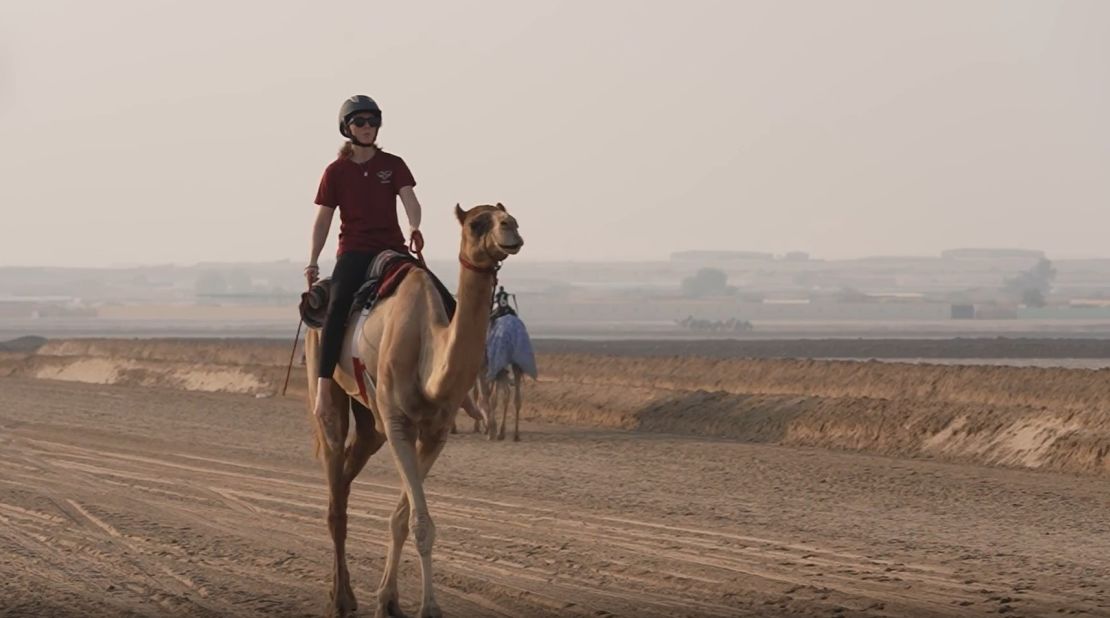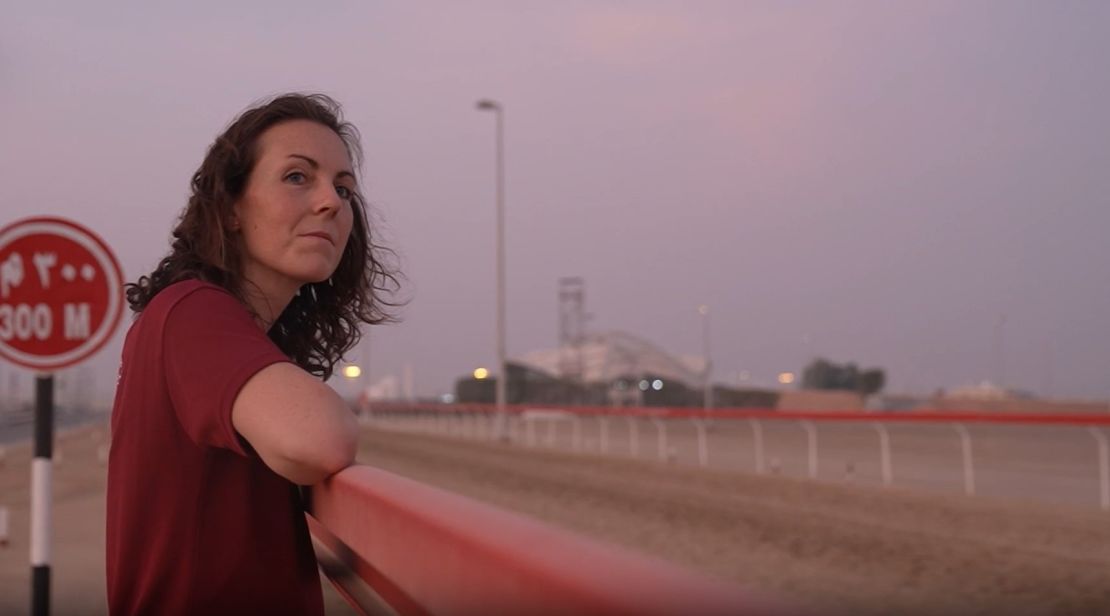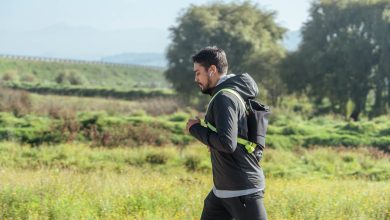He left his life in the US to run camels in the UAE. Now she hopes to inspire other women to follow in her footsteps CNN

CNN
–
Straining every fiber to stay atop a 1,000-pound camel that’s throwing up sand two meters below him as he runs at more than 40 kilometers (24 miles) per hour, Taylor Dees is far from Texas.
It’s about 12,700 kilometers (7,890 miles) from her hometown of Moulton to the Saudi Arabian city of Taif, and it only takes two more for her to win the first all-female race of the Crown Prince Camel Festival.
That was back in August 2023, just one year after he rode a camel for the first time. It turns out that Dees – who regularly rode horses as a child – is as quick a learner as he is a rider.
“It really starts with animal awareness and your own body awareness,” he told CNN.
“Once you get into the rhythm and understand how the animal moves and how you can move with the animal, it’s really easy.”
Dees moved to the United Arab Emirates (UAE) in 2017, after falling in love with the country while on vacation. Now living in the capital city of Abu Dhabi, the nutritionist balances her roles as a business owner and mother with being a celebrity in her sport.
Racing for dromedaries, a one-humped species also known as the Arabian camel, is a centuries-old passion in the region and endures in popularity and profitability, with prize money reaching multi-million dollar figures.
However, it is the history of fiction that has been written mostly by men – until recently.

Dees is one of the many success stories to emerge from the UAE Arabian Desert Camel Riding Center (ADCRC), co-founded by German expert Linda Krockenberger.
Krockenberger, who moved to the UAE in 2015, tried for years to find a place to plant, but was repeatedly rejected because of her gender. In a 2022 interview he told CNN he recalled once being told “It would be great if you could dress like a boy.”
Krockenberger opened the school in 2021, and says it received the country’s first-ever camel riding license. The ADCRC launched the UAE girls’ all-female camel racing team – something that immediately piqued Dees’ interest.
“I think a lot of times, especially around animals, women are seen as too weak or too feminine to be in that environment,” Dees said.
“Yes, we can be more fragile and feminine, but we can also be very strong and very brave and fit enough to ride a camel.”
Dees, has raced in Dubai, Abu Dhabi and Saudi Arabia – including in the ancient city of AlUla – but will be taking a season off from competing with the ADCRC.
Although there is usually one to two months between events, Dees has a strict weekly training routine with a strong emphasis on endurance. Trots gradually progress to shorter and then longer sprints as a way to build stamina and ensure both camel and rider arrive on race day in top form.
“The results of the race are so depending on the fitness and quality of the camel,” Dees explained.
“Yes, your riding style, form, and ability play a role but even the best rider will not win over a camel that is less fit than the camel next to it.”

When she returns next season, Dees will play against other talents that have emerged from the ADCRC, including Krockenberger, Jordan’s Rawan Salah, and French-born Coralie Viroulaud, winner of last season’s C1 Women’s Championship.
Still Dees doesn’t see the three as rivals. He welcomes the competition, surprisingly because competition is not his main motivation.
“I don’t race to win,” Dees explained. “I do it because, first of all, it’s fun. Second, I want people to see that as women, we’re strong, we’re confident, and we can do things that maybe men think we can’t.
“Every international race is bigger, which I love because it means there are more women who are willing to leave their comfort zone and who are willing to break out of this male-dominated sport and prove that they are – women. We can not only do it, but we can do it very well, we can do it very safely and we can be successful with it too.”
#left #life #run #camels #UAE #hopes #inspire #women #follow #footsteps #CNN



